Annelise Madsen is the Gilda and Henry Buchbinder Associate Curator, Arts of the Americas at the Art Institute of Chicago. As part of our ongoing effort to highlight women who inspire us, we spoke by phone with Ms. Madsen about her role at the museum, her entrée into the study of art, and her thoughts on reexamining the role of women artists. Following are excerpts from our interview, edited and condensed for clarity. You can follow Ms. Madsen’s work at the Art Institute of Chicago on an ongoing basis on Instagram at @akmcanvas.
First off, can you tell us a little bit about what you do at the Art Institute? What does a typical day look like for you? Is there a typical day?
As a curator for Arts of the Americas, my primary role is to care for those collections. Day-to-day, that can mean supervising an installation or rotation in the galleries; digging into research to understand the objects in our collection better; collaborating with conservators on the treatment of a painting or sculpture; presenting research in the form of lectures or tours in the galleries; writing blog posts. And then on an ongoing basis, I am always considering the impact of our collection and thinking through what acquisitions we might make to enhance the experience and help tell the stories we want to tell. That means working with dealers, staying on top of the art market for various kinds of works we may want to add to our collections, and doing research on provenance, which is the ownership history of an object. Of course, planning, conceptualizing and collaborating on special exhibitions is also a significant part of the role.

via the Art Institute of Chicago
When did you know this was the career you wanted to pursue? How did you get to this point?
It was really an “aha” moment for me. I entered Washington University in St Louis as an art student, and as part of that curriculum we were required to take an art history class in our very first semester. Many of my peers weren’t interested in this intro to Western Art…they wanted to go work on their 3D art project, or what have you. But I loved it. I didn’t realize at the time that this could be a potential path to a career. I switched my major to art history almost immediately. I had always enjoyed studio art, but am an academic at heart, so to study history through the visual, the marriage of those two components felt like home to me.
And once you had moved to art history, did you know this was the path you wanted? To become a curator?
Most art history majors who move on to a PhD take one of two paths when they complete school: teach in a college or university, or work in a museum. I was initially open to either career path, but I found that after I was done with my teaching requirements in my program, I didn’t miss it. It was the research and writing I really loved. I eventually was offered a post-doc fellowship at the Art Institute through the Terra Foundation, and that ultimately turned into permanent employment as a curator.
Do you have a favorite moment in your career? A lecture or exhibition that was particularly momentous or meaningful? Or a point where you knew your work was really reaching people?
The Sargent exhibition (note: John Singer Sargent and Chicago’s Gilded Age, ran from Jul 1-Sep 30, 2018) was definitely a key moment. It was the first exhibition where the idea was my own and I saw it through from this tiny kernel of an idea to a full-scale exhibition in our main space. I was able to tell the story that I thought I could, starting with the set of works in our own collection, and then leaning on the resources of peer institutions and some, frankly, dream loans, that came through to pull it all together.
I was able to walk that exhibition with Sargent’s grand-nephew, Richard Ormond. That was an incredibly special moment. He is also an art scholar, and to be able to form a friendship with him and share in the excitement of the exhibition and celebration of Sargent’s work was a once-in-a-lifetime treat.



from John Singer Sargent and Chicago’s Gilded Age, 2018, via the Art Institute of Chicago
We’ve been talking lately about the role of women in art history, and how few widely recognizable names there are. For the average person, they’ve probably heard of Frida Kahlo, Georgia O’Keeffe, maybe Mary Cassatt and a smattering of others. It seems like there is some momentum for reexamining the role of other women artists, and we noticed in your bio that this is something you are focused on, as well. Who should we be looking for? What was their impact?
There are so many names. It’s hard to elevate some and not others. One thing we have done recently at the museum, in our modernism galleries that have Grant Wood’s American Gothic and Edward Hopper’s Nighthawks and some of our other more frequently visited works, is re-install these spaces to feature an expansive roster of artists alongside those icons. So, for example, right next to Nighthawks we have a painting by Gertrude Abercrombie, who was a Chicago artist working in the first part of the 20th century. She was a surrealist, and her name has pretty good traction here in Chicago, but I think she’s certainly gotten more attention in recent years outside the city. In that same space, we also have amazing large-scale ceramics by an American artist of Japanese descent, Toshiko Takaezu, who made these huge closed ceramic forms and then applied phenomenal glazes to them.
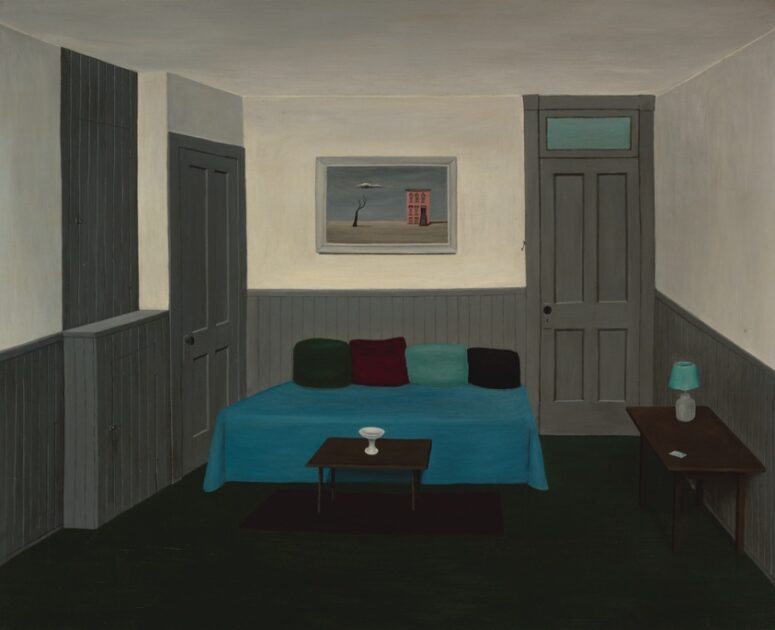
by Gertrude Abercrombie
via the Art Institute of Chicago
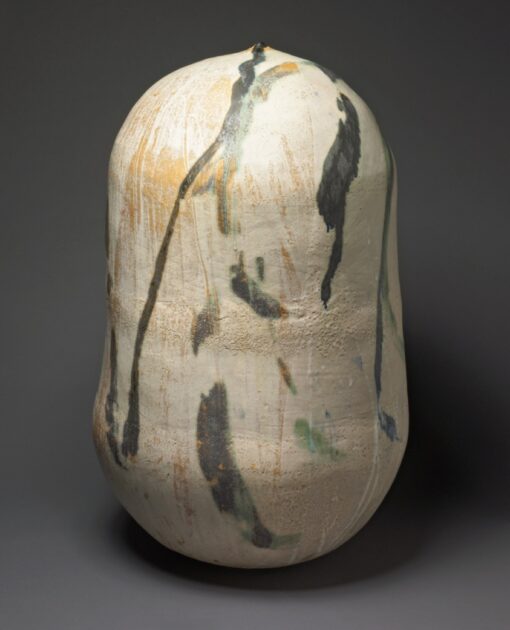
by Toshiko Takaezu
via the Art Institute of Chicago
I also wrote a blog post recently about Bessie Potter Vonnoh, who was a Chicago sculptor who attended the School of the Art Institute in the 1890s. And as I did my research, I realized that she was the first named women sculptor with artworks to enter the Art Institute’s collection. And, it’s not a household name, not even a name that all my colleagues in American art history are going to know. But she has a past that is really important and is tied very much to the institution, and a trail-blazing career for a woman in the late 19th century.
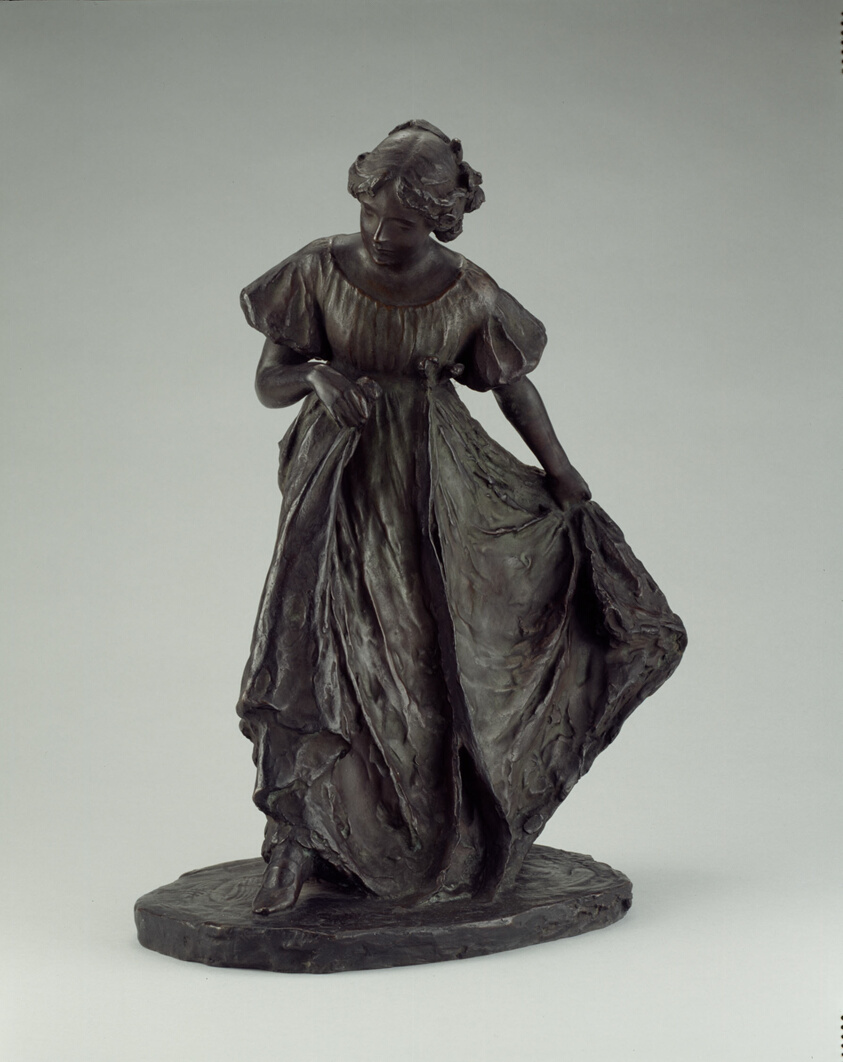
by Bessie Potter Vonnoh
via the Art Institute of Chicago
There are so many historical women artists who just need to be named and revalued, elevated and celebrated in the galleries, because that’s the work we can do. We can continue to expand that list of names and to share those stories and objects with our audiences.
Along those lines, what can someone who appreciates art, but doesn’t have the clout of say, a curator or collector, do to help further the cause of recognizing women artists?
I think it’s really just paying attention. Like, if you’re spending a day at the museum and you’re going through the galleries, take note of what the names are for the objects that jump out at you. Who’s the maker? What is the story that you can learn there? And then share that out in a usable way. Or, pick up a book on an artist whose name is not very well-known. Those stories are being written more and more. So, if you are looking to seek out a richer, deeper story about an artist, the resources are there.
Do you have any exhibitions or events upcoming at the Art Institute that we should be watching for?
Yes! On the topic of women artists, I’m co-curating an exhibition with my colleague, Sarah Kelly Oehler, called Georgia O’Keeffe: “My New Yorks.” “My New Yorks” is how O’Keeffe referred to the works she created of the city. And, even though she is now primarily known for her large-scale flowers and paintings of the southwest, she also lived in a skyscraper in Midtown Manhattan with her husband, the photographer and gallerist Alfred Stieglitz, and the works she created of the city while living there are mesmerizing. So the show will take a look at those works that have New York as subject matter. That will be summer 2024.
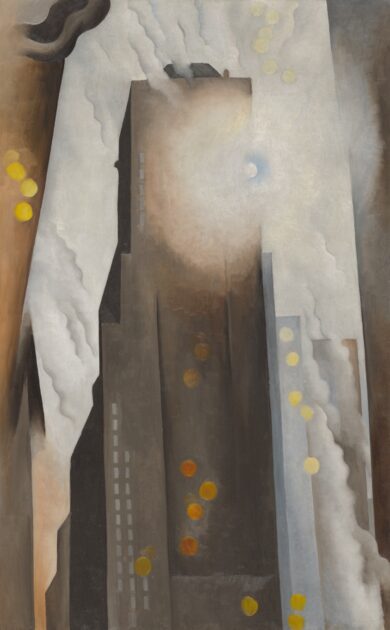
by Georgia O’Keeffe
via Art Institute Chicago
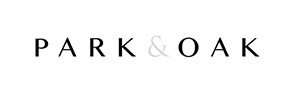
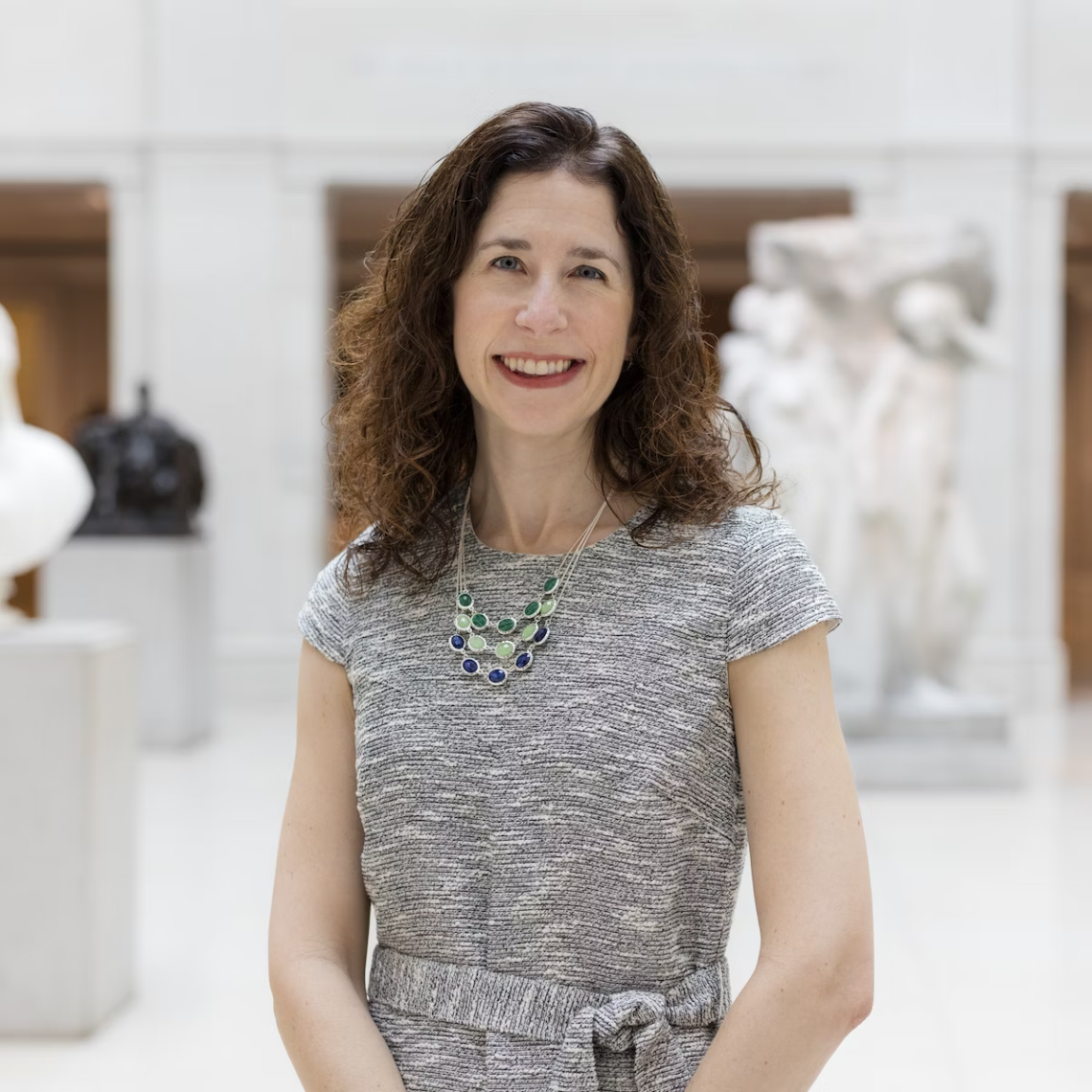
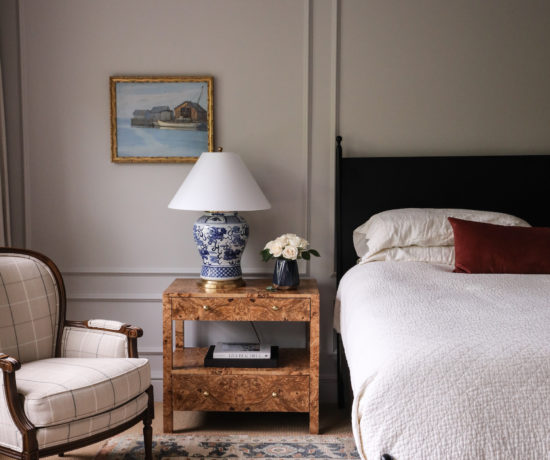
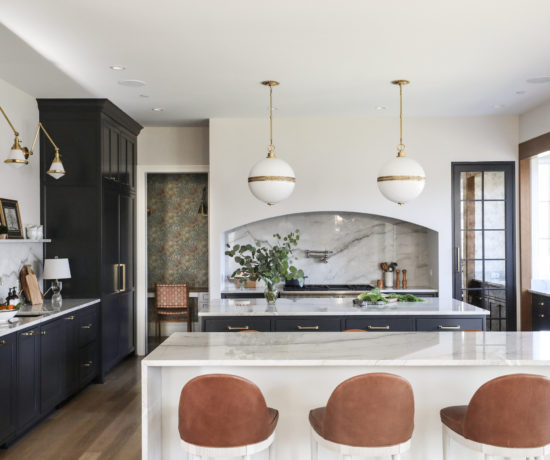
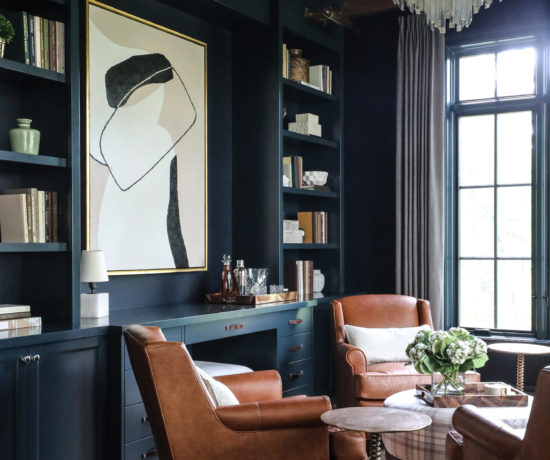
No Comments